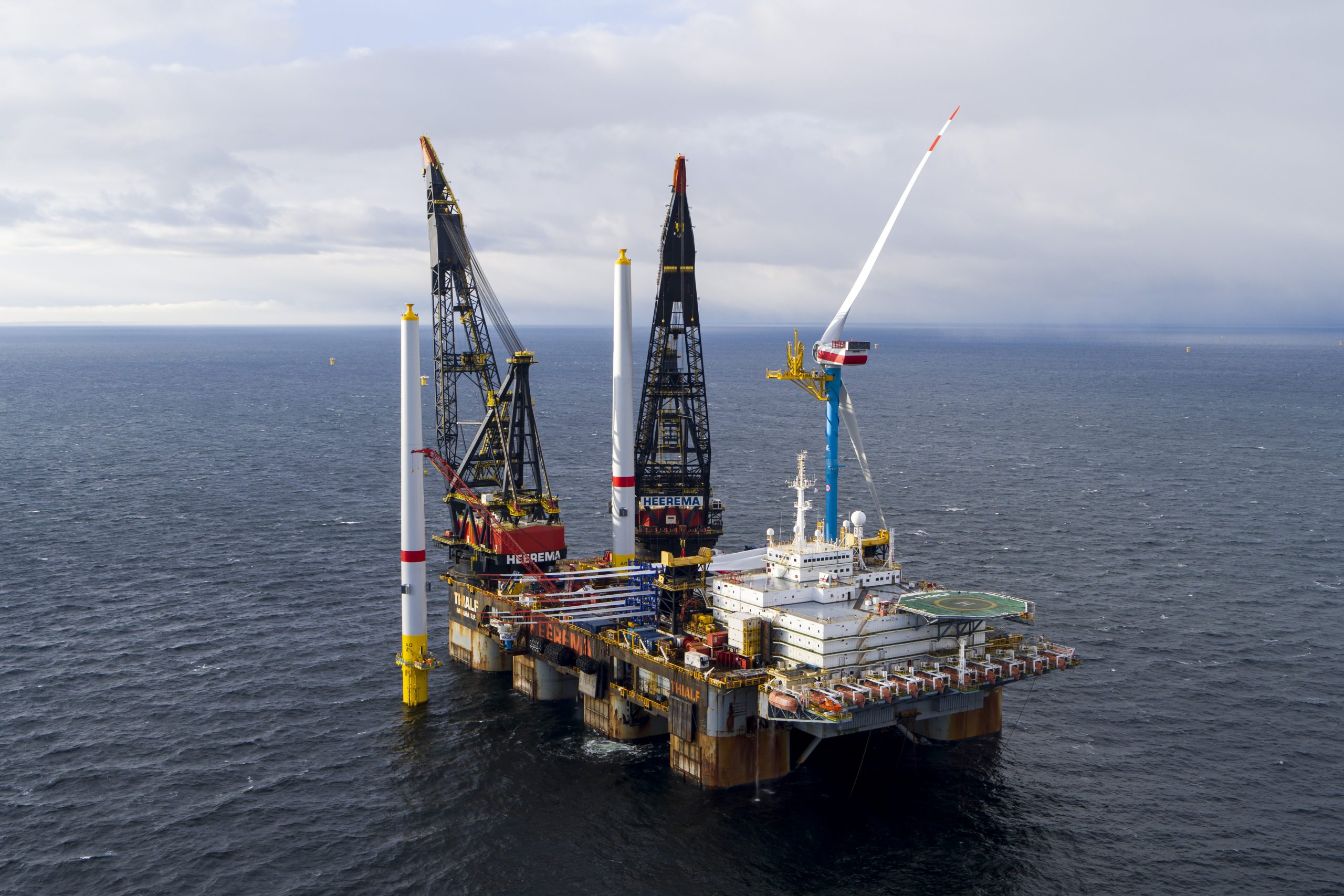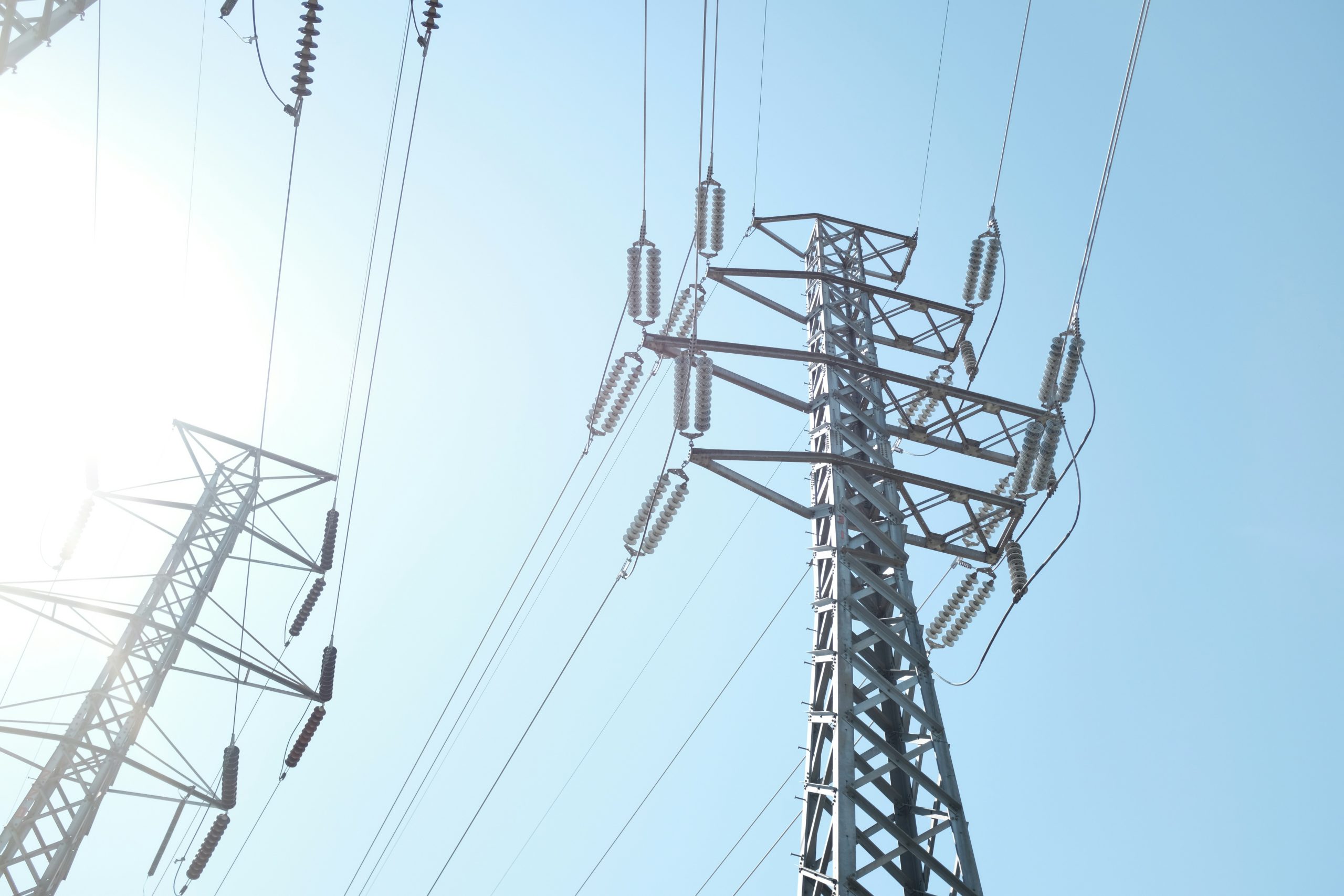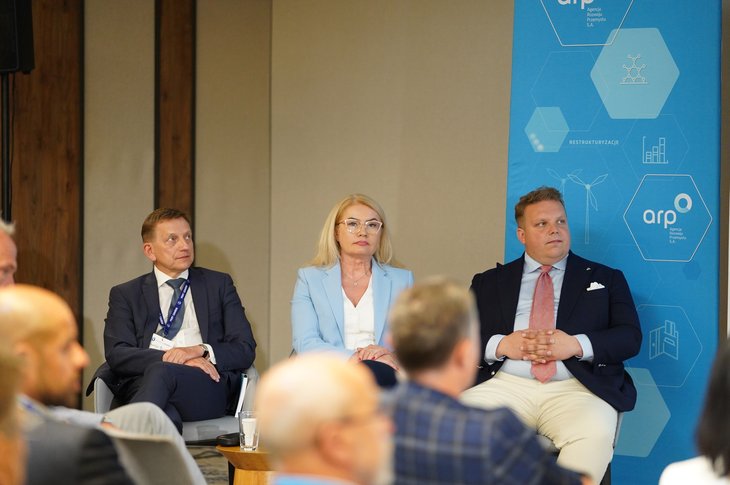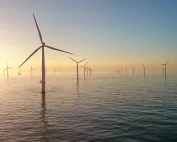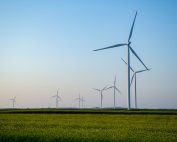The trade associations of the German offshore wind industry and the German Offshore Wind Energy Foundation yesterday presented the expansion figures for the first half of 2023. According to the figures prepared by the consulting firm Deutsche WindGuard, 24 offshore wind turbines with a capacity of 229 megawatts (MW) were newly connected to the grid in Germany in the first six months of the year. This means that a total of 1,563 offshore wind turbines with a total capacity of 8,385 MW are now in operation in the German North Sea and Baltic Sea. The Arcadis Ost 1 project currently under construction continues to make progress and will in all likelihood be commissioned before the end of the year.
“The offshore wind industry is expected to install an additional 22 gigawatts (GW) of capacity at sea by 2030. The development of the past months is positive. After years of weak additions, the industry is in the starting blocks to implement a large number of projects. The award values of the last offshore tender show that offshore wind energy can make a strong contribution to decarbonisation and the cost-effective provision of energy. However, the uncapped bidding component and the dynamic bidding procedure in the tender design leave too little space for revenues for the manufacturing offshore wind industry. What is urgently needed is an adjustment of the immature qualitative criteria in the tenders to increase the likelihood of projects being realised and to strengthen the European share of value creation. The German Offshore Wind Law (WindSeeG) must therefore be urgently amended this year,” say the industry organisations BWE, BWO, German Offshore Wind Energy Foundation, VDMA Power Systems, WAB e.V. and WindEnergy Network e.V., commenting on the current development.
“In order to achieve the expansion targets, an industrial policy strategy is needed. This must support the safeguarding and expansion of capacity in the industry to be able to link the expansion targets for energy policy and climate protection with value creation. An essential part of this must be to strengthen the European value chain of the offshore wind industry. In many places, the industry also makes advance financial payments and thus assumes an economic risk. Across industries, for example in shipbuilding, German shipyards must be enabled to make their contribution to the energy transition for the construction of foundation structures, transformer and converter platforms, special ships for service and maintenance as well as for construction. The capacity of seaports, including hinterland connections and inland transport capacity, is a recognisable bottleneck.
Solutions must also be found for the security of the maritime critical infrastructure and its protection against sabotage. Furthermore, a rescue concept for locations further offshore is needed to protect the skilled workers. This can be financed by the offshore wind energy operators, but they cannot organise it alone.
The offshore wind industry offers significantly growing employment potential in the coming years. In order to keep up with the competition for skilled workers, measures such as a training offensive to attract international skilled workers and targeted campaigning for academic and vocational training are important. This requires immediate sector-specific training marketing, the introduction of English as the language of application for recognition procedures and generally in the visa process, as well as a strengthening of the authorities’ staff to process the cases,” the organisations demand.
Already at the beginning of the year, the associations had criticised that according to the federal government’s plans, the expansion in the coming years will not take place more evenly, but in partly erratic leaps. This unnecessarily impedes the sustainable development of production capacities. What is needed is a stabilisation of the annual expansion at a high level so that capacities can be utilised more evenly over the years. This should also be coordinated as far as possible at European level.
“In the Ostend Declaration, the nine countries bordering the North Sea underlined their commitment to the expansion targets for offshore wind energy. By 2030, 120 GW and by 2050 300 GW of offshore wind energy capacity are to be installed, with the United Kingdom adding another 100 GW in perspective. Cooperation on the future production of green hydrogen from offshore wind energy and the expansion of hydrogen infrastructure is to be strengthened. The non-binding targets agreed by the EU member states for the Baltic Sea of 22.5 GW by 2030, 34.6 GW by 2040 and 46.8 GW by 2050 were reaffirmed.
In order to be able to achieve this expansion of offshore wind energy in the North and Baltic Seas, the right course must now be set immediately. Among other things, there is a need for pre-qualification criteria for a resilient supply chain and precisely targeted qualitative tender criteria to differentiate in the competition. Europe’s energy sovereignty and the decarbonisation of energy-intensive industry as well as green shipping must be made possible.
The offshore wind industry must finally be enabled to take its place in the energy transition as an economic driver: It is the foundation for a sovereign and industrially strong Europe,” the associations conclude.
Source: WAB
